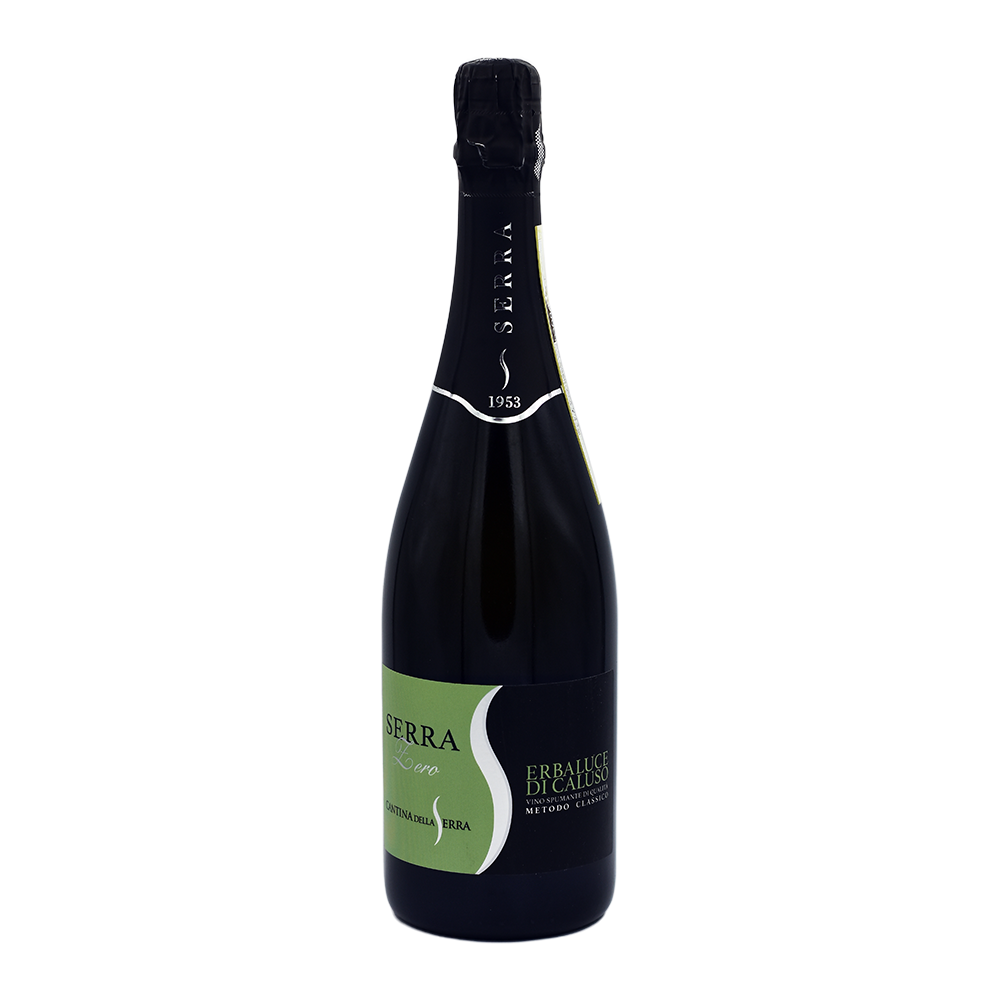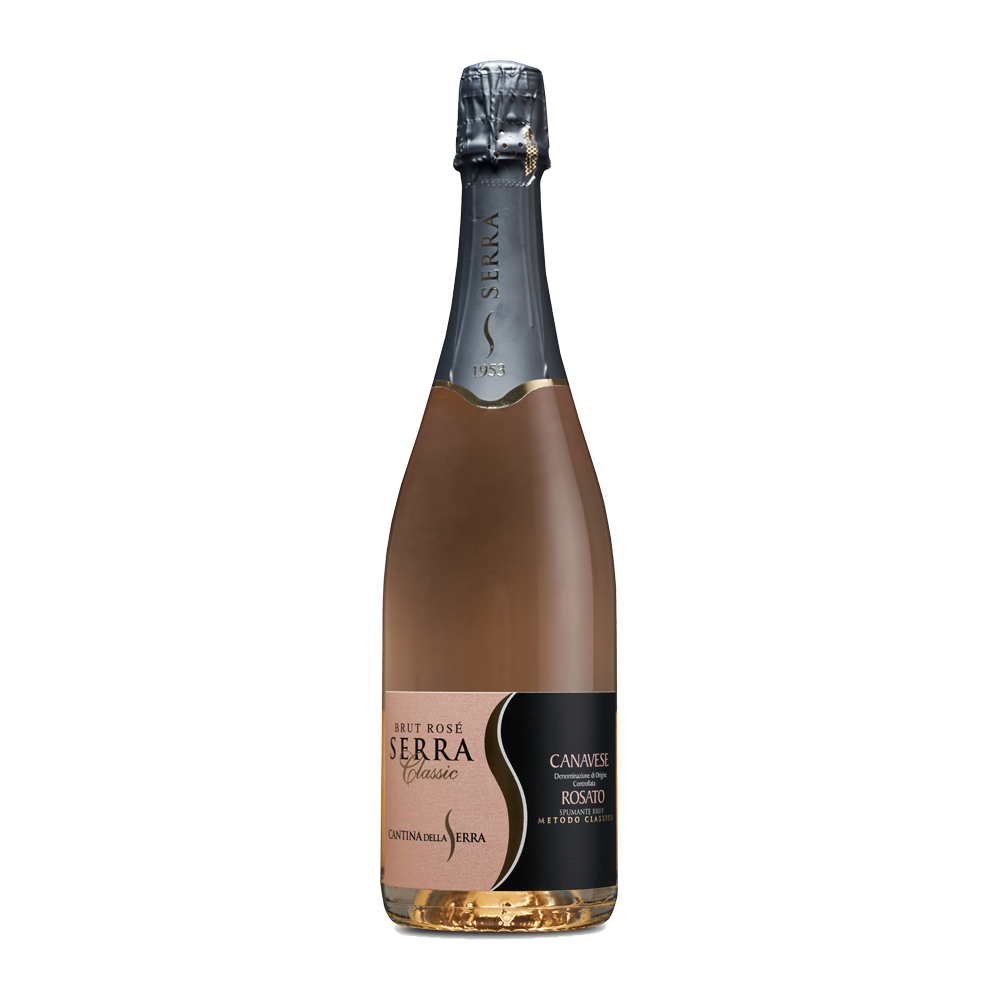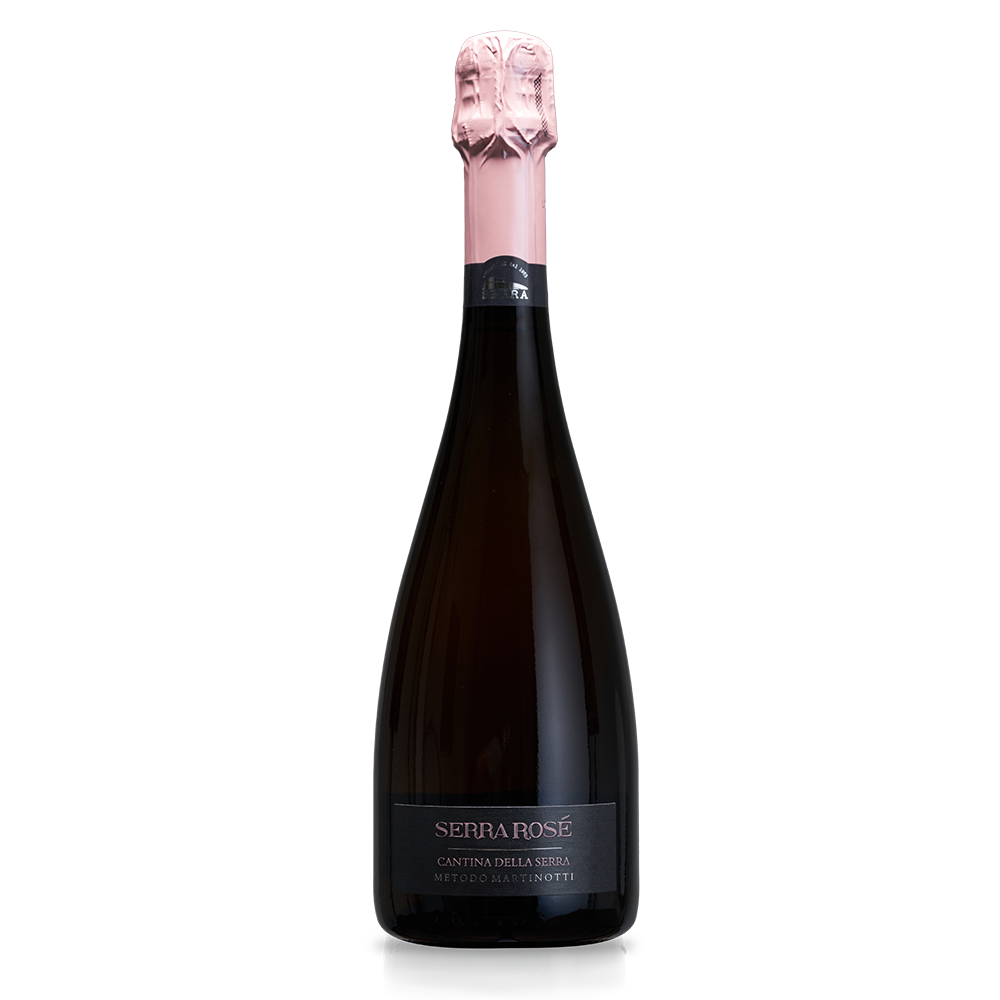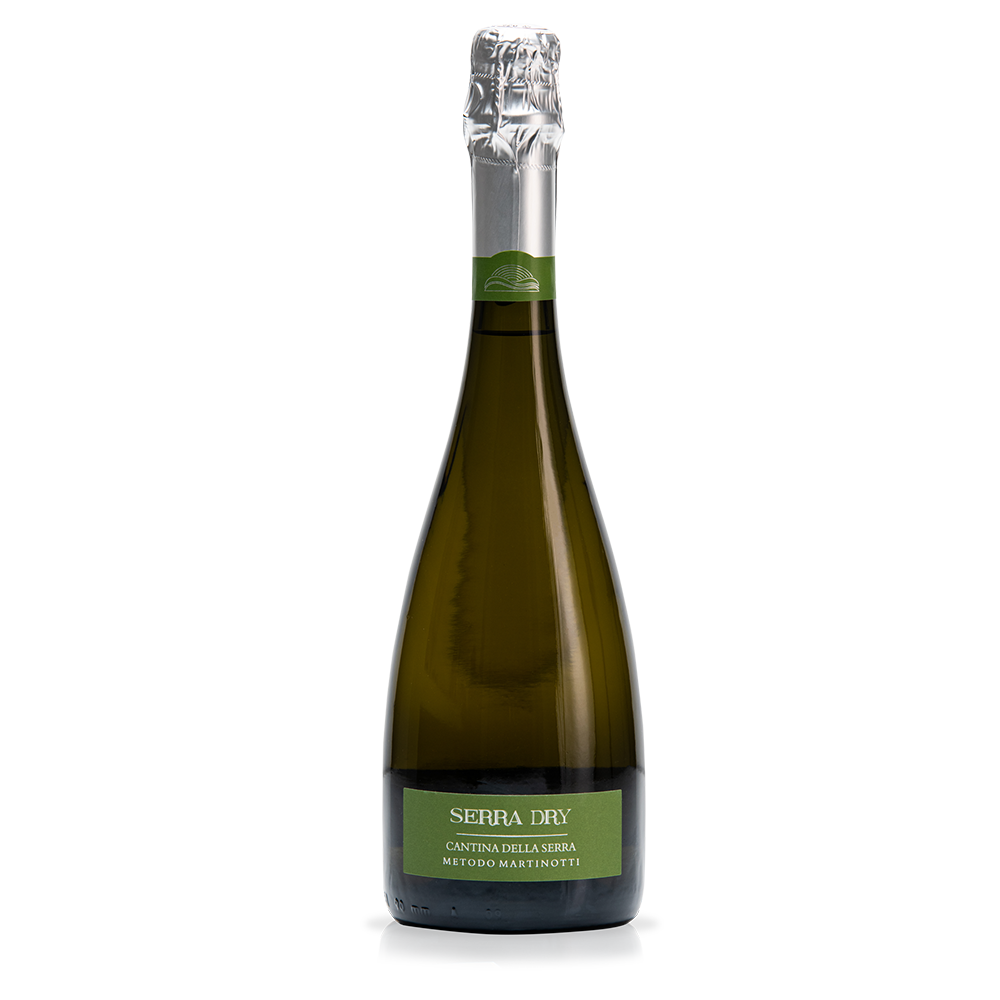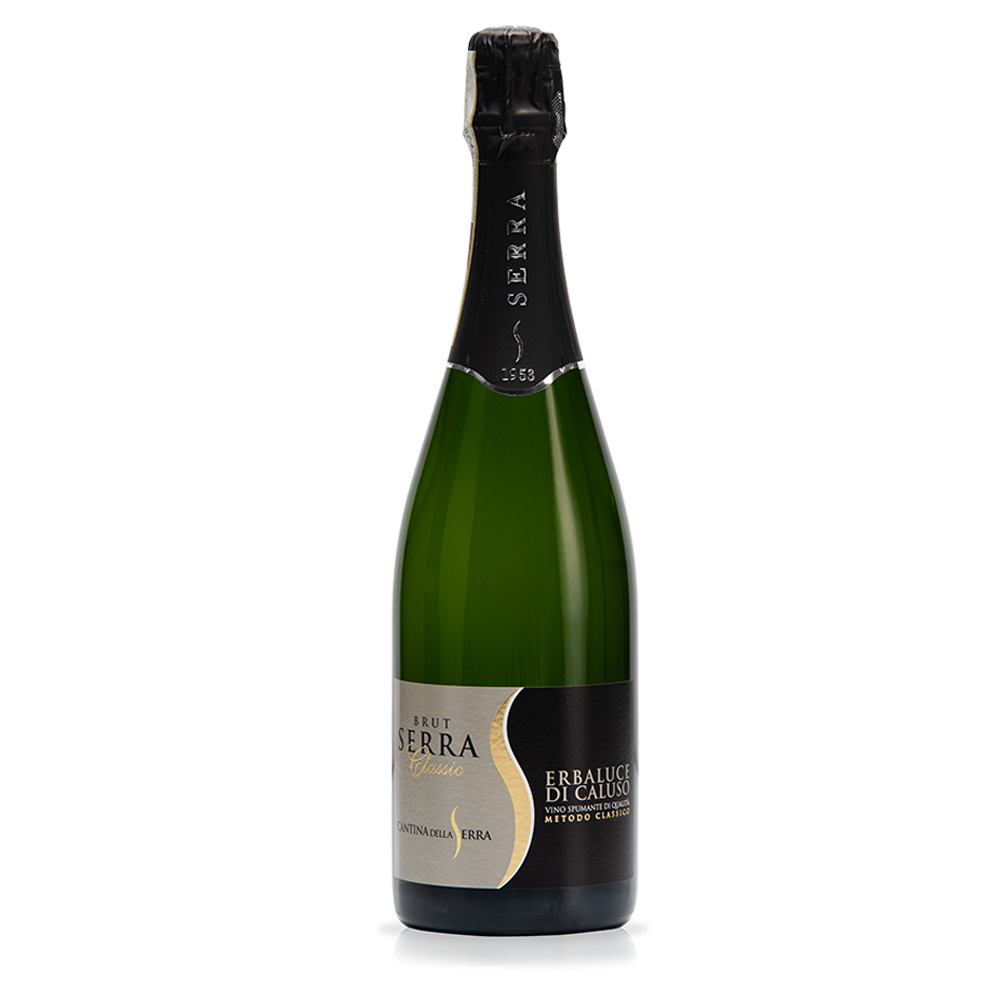Grapes: Erbaluce
Pruning type: Bower
T/ha: 10
Annual production of bottles: 30.000
Harvest: First week of september
Vinification: Rapid pressing of the grapes and important selection of the musts with start of the alcoholic fermentation at a controlled temperature
Aging: 6 months on the lees with frequent pumping over
Bottling: Technical cork stopper
Alcohol: 12,5 % Vol
Total acidity: 6,5 g/L
pH: 3,2
Sugar residue: Brut
Serra Blu
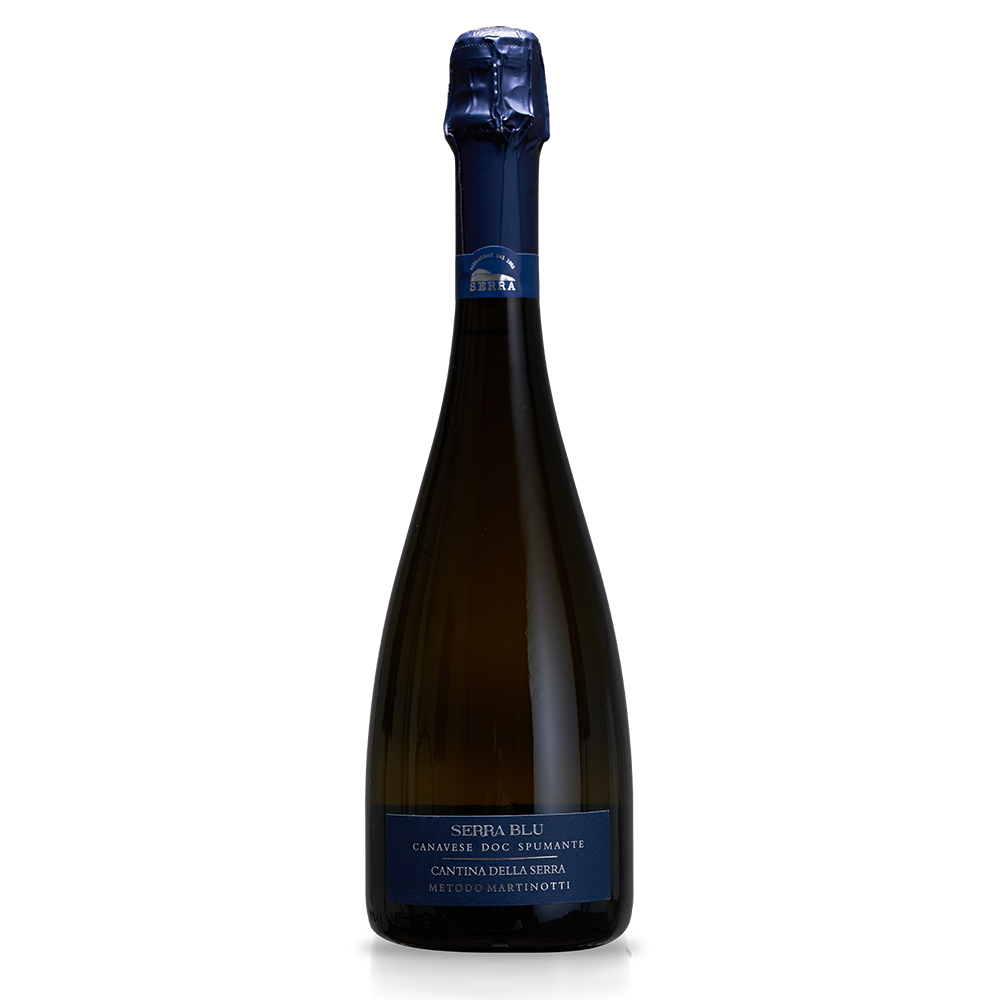
Characteristics for tasting
Colour: Brilliant straw yellow
Smell: Fresh, hints of white flowers such as elderberry and chamomile and fruity notes of Wilson pear
Taste: A great balance between freshness and flavor typical of Erbaluce with the softness of style
Food pairings: It is a wine that requires lightness on the palate, therefore “focaccia di Genova” fresh out of the oven
Nature pairings: The hiking trail that goes from Rio Maggiore to Manarola among the vineyards (SP)
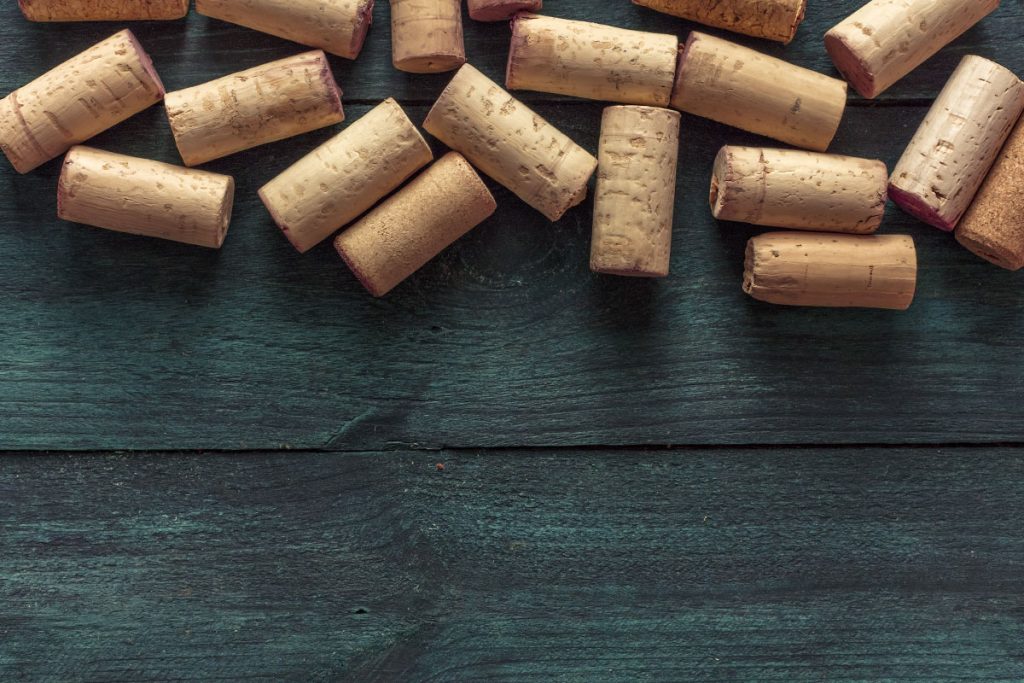
Characteristics for tasting
Colour: Brilliant straw yellow
Smell: Fresh, hints of white flowers such as elderberry and chamomile and fruity notes of Wilson pear
Taste: A great balance between freshness and flavor typical of Erbaluce with the softness of style
Food pairings: It is a wine that requires lightness on the palate, therefore “focaccia di Genova” fresh out of the oven
Nature pairings: The hiking trail that goes from Rio Maggiore to Manarola among the vineyards (SP)
The Martinotti Method
Who was Federico Martinotti? Piedmontese oenologist, inventor of the method of sparkling wine in large containers. Federico Martinotti was an old fashioned Piedmontese of scrupulous honesty, he effectively contributed to the progress of Italian oenology by carrying out numerous experiments in all fields of it. He graduated in chemistry and pharmacy in 1887 at the Turin’s University, was first assistant and then Deputy Director of the Agricultural Station of Turin and following a competition he was appointed Director of the Royal Wine Station of Asti in 1900. His ideas and experiments ranged in the field of technology related to oenology and viticulture.
The method involves a second fermentation of the wine in large pressurized containers, called autoclaves. This allows us to obtain wines with fruity notes which are very popular. This is more suitable for the production of “bubbles” using different grape varieties. In fact, the long soak on yeast, typical of the classic method, would harm the expression of the aromas of wines derived from the vines. The Martinotti Method obtains softer colors, straw yellow with greenish veins, fresher and less structured flavours, fruity aromas, sometimes exotic.



